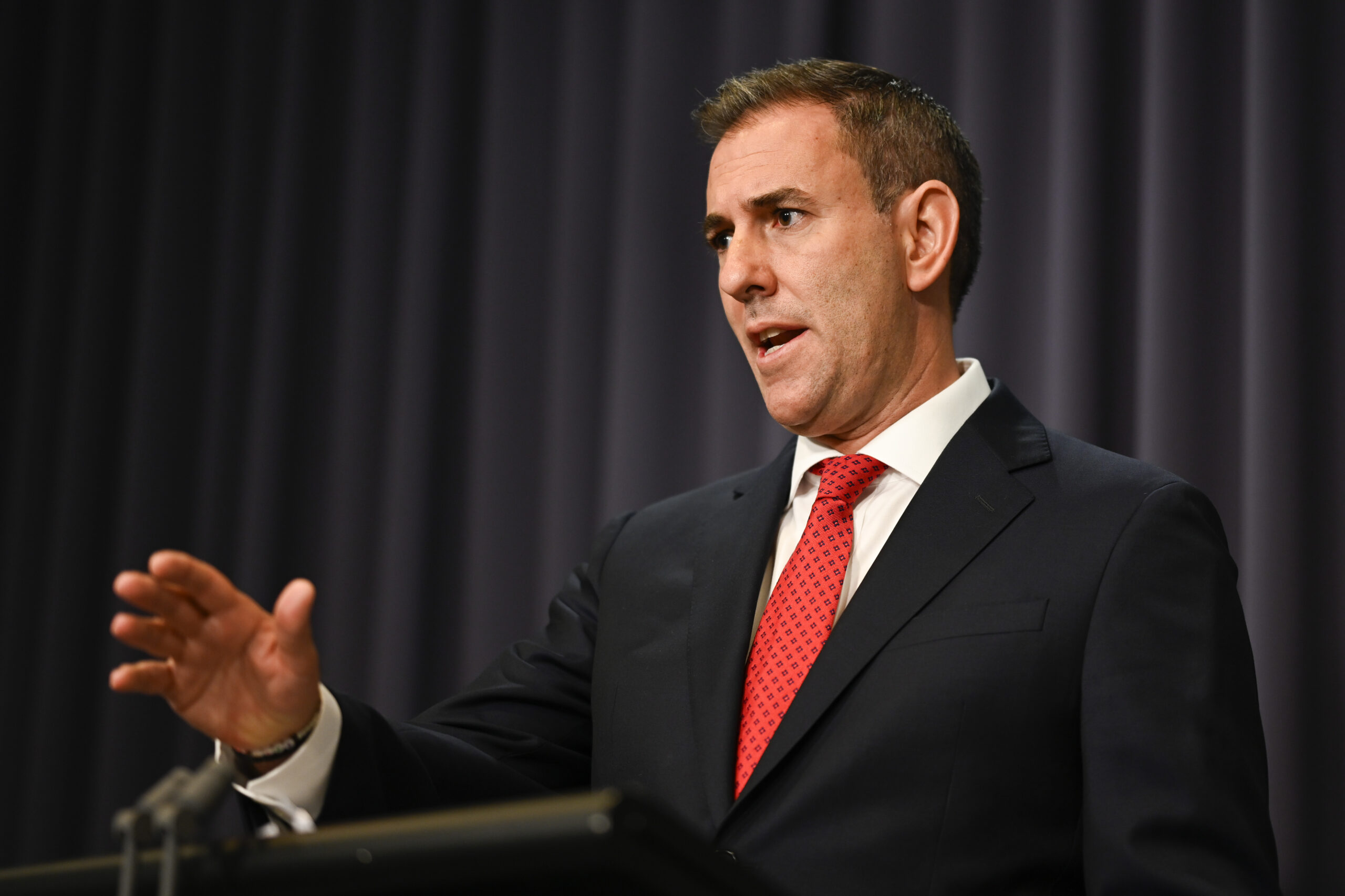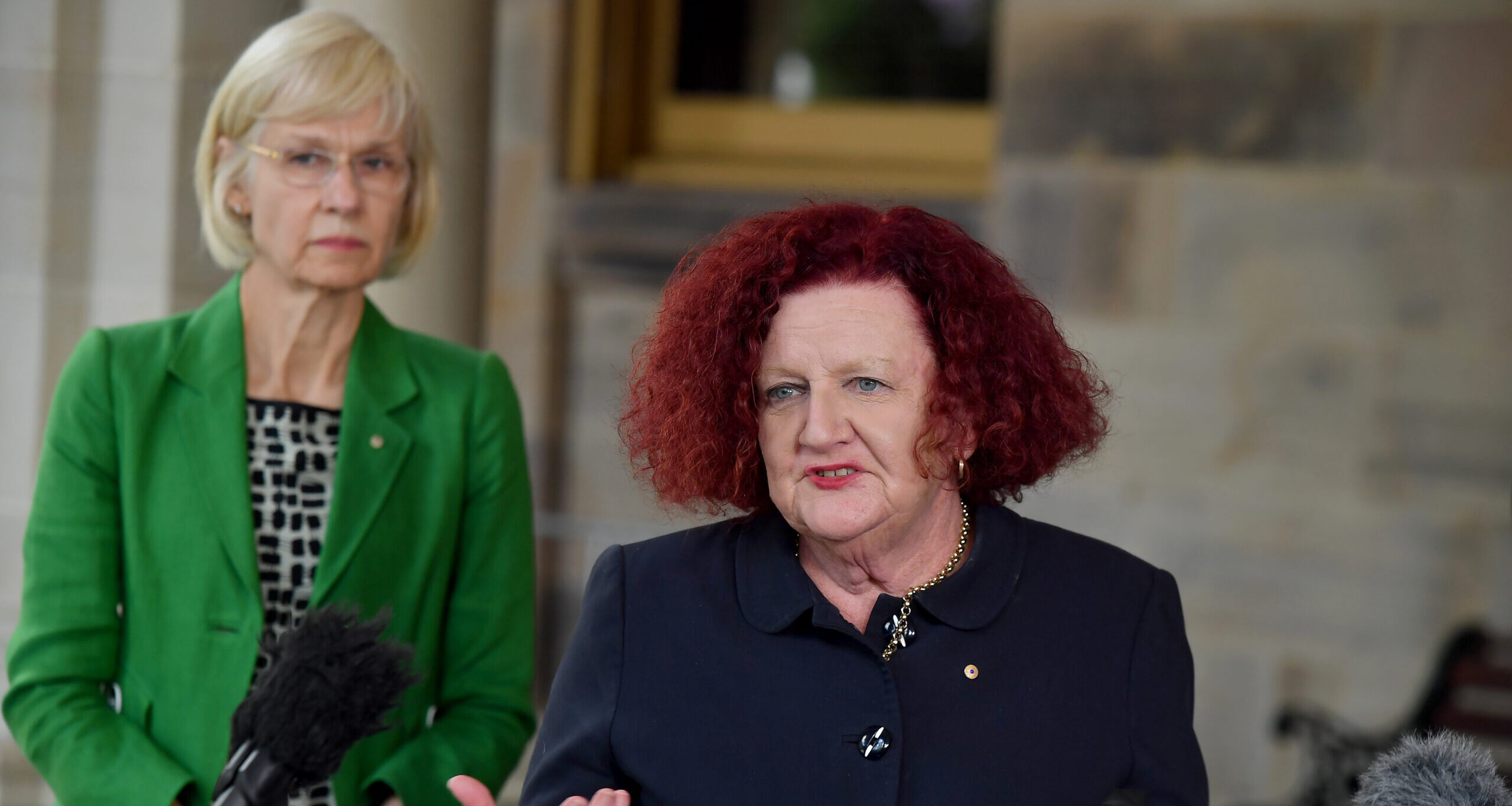10 reasons
There are many reasons why most of us should be cautious about vouchers. By Professor Stephen Parker.
The introduction of vouchers in higher education by a Labor government would have major political risks, may lead to an increase in the cost to students of a degree and will have uncontrollable consequences. There are at least 10 reasons why most universities, most domestic students, industry and government should be cautious about it.
By way of a reminder, Recommendation 29 of the Bradley review is that “the Australian government introduce a demand-driven entitlement system for domestic higher education students, in which recognised providers are free to enrol as many eligible students as they wish in eligible higher education courses and receive corresponding government subsidies for those students.” The recommendation goes on to provide that initially this should apply only to undergraduate courses, but it could be extended to postgraduate coursework degrees, and that initially it should apply only to public universities, with a view to extending it to other approved providers when new regulatory arrangements are in place.
1. The proposal is thinly worded and barely argued in the Bradley report. Which vice-chancellor, university council or cabinet would make a decision with such potentially far-reaching and unknowable consequences on the basis of this amount of argument and data?
2. There has been no modelling or piloting of a specific scheme. If the only evidence base is Colorado, which seems to be the jurisdiction with something functionally similar to vouchers, then the performance indicators do not look encouraging, and Colorado could even abandon the scheme following its current review. Education minister Julia Gillard would take a huge political risk in implementing this recommendation without a lot more work being put into a proposal.
3. Despite some bemoaning by a few vice-chancellors that because of the initial price cap in the Bradley recommendation, the proposal does not go far enough, the consequences of deregulation and market failure in the financial sector are apparent around the globe, although less so in Australia which kept more regulatory levers over financial institutions. Why, now of all times, would one take the political and actual risk of handing over higher education further to market forces?
4. If the Bradley recommendation is adopted, it is only a matter of time before the price cap is removed. This is likely to affect the distribution of places between universities within and near large metropolitan areas, including in marginal electorates, but one will not see a real increase in students crossing the country to go to the best university in the field of their choice unless significant amounts of student support funding for mobility purposes are made available, which is unlikely. In effect, we will get localised perturbation without the benefit of real national choice.
5. The inevitable lifting of the price cap will lead to an increase to the student of the total cost of a degree. Market leaders, who have built their brand on decades of taxpayers’ money, will go high. This gives headroom for other universities to increase their price and yet still seem better value than the leaders. The entry of private providers at the bottom end may have a downward tugging effect on price but this will not be significant because they too will enjoy the headroom created at the other end: and private providers will only come into a small number of disciplines anyway. Such an outcome contradicts an assumption in the Bradley report that students should not on average pay more than they do now.
6. We will see an increase in private higher education providers, which do not need to do research and which will cherry-pick the most profitable disciplines. These disciplines currently cross-subsidise important but uneconomic disciplines in universities. Furthermore, with the disappearance of places allocated to clusters, some disciplines and fields will be hard to defend internally. This could lead to the loss of small or temporarily unfashionable fields which are in the long term national interest.
7. If vouchers are introduced at higher education level on the skimpy argumentation in the Bradley report, then the case for introducing them in schools will be very strong, and there is an evidence base from over 20 countries about that. Is the Commonwealth government willing to take on the states and propose vouchers, available to public and private schools alike, across the nation?
8. Despite some analyses that the practical impact of the specific Bradley version of price-capped vouchers will be slight, if Australian universities are seen to decline in international terms, then the blame will be sheeted home to the introduction of vouchers, which no other country has done at higher education level, and the government will only have itself to blame.
9. The report on page 214, when summarising submissions, claims that there was "considerable support among business and industry groups and the higher education sector for a new model to give primacy to demand from students". A word scan for likely nouns in the submissions suggests that only a handful of institutions mentioned the voucher idea and some of them were actually opposed to the notion.
10. Whilst student preference ought to be a key factor in what is offered, it already is. To go further risks handing over any capacity to shape the skills mix in the economy to the whims of 16 and 17 year olds, who make most of the choices. Whilst it is self-evident to this author, who chose his discipline at the age of 17, that the country can never have enough lawyers, this view is unfortunately not widely shared.
Professor Stephen Parker is vice-chancellor of the University Of Canberra.
Please login below to view content or subscribe now.





